This article was medically reviewed by Luba Lee, FNP-BC, MS. Luba Lee, FNP-BC is a Board-Certified Family Nurse Practitioner (FNP) and educator in Tennessee with over a decade of clinical experience. Luba has certifications in Pediatric Advanced Life Support (PALS), Emergency Medicine, Advanced Cardiac Life Support (ACLS), Team Building, and Critical Care Nursing. She received her Master of Science in Nursing (MSN) from the University of Tennessee in 2006.
There are 13 references cited in this article, which can be found at the bottom of the page.
This article has been viewed 128,528 times.
Scratches can happen at any time. You can get them from fingernails, thorns, or by bumping against something sharp. Most are not deep and will heal on their own. To heal a scratch, stop the bleeding, clean it, apply ointment, and cover it with a bandage.
Steps
Addressing the Scratch
-
1Apply pressure to stop the bleeding. Some scratches may stop bleeding on their own. Others may bleed more heavily. To stop it from bleeding, place a clean tissue, cotton ball, cloth, or piece of gauze on it. Press down to apply pressure to stop the bleeding.[1]
-
2Wash your hands before touching the scratch. Though many scratches are not very deep, you should never touch them with dirty hands. Any open wound, even a thin scratch, can get infected if you transfer contaminants from your hand. Always wash your hands with soap and warm water before touching the scratch.[2]Advertisement
-
3Clean the scratch. Place the scratch under running water. This helps clean any dirt, bacteria, or debris from the scratch. You can also clean around the scratch with mild soap.[3]
- Avoid using hydrogen peroxide or iodine on a scratch. It can irritate the wound.
-
4Determine if you need to see a doctor. Most scratches and scrapes can be treated at home without a doctor’s care. However, you may find that the scratch needs medical attention. If the bleeding doesn’t stop or it continues to soak through your bandage, you may need to see a doctor.[4]
- If the scratch gets infected, you should see a doctor. Signs to look for include increased pain, swelling, and redness around the scratch and warmth around the area. Look for pus oozing from the scratch. Infections may also make you have a fever.
- If the wound is deep, punctured, or dirty, you may need a tetanus shot. If you have not had a tetanus booster in the last five years, visit your doctor to get one.
Taking Care of the Scratch
-
1Apply ointment. After you have cleaned the wound and it has stopped bleeding, apply antibiotic ointment, such as Bacitracin or Neosporin, or petroleum jelly, such as Vaseline, on it. This helps keep the wound moist so it can heal more quickly. Apply a thin layer of ointment with clean fingers or with a cotton swab.[5]
- Petroleum jelly can also reduce the chance of a scar. If the scratch itches, petroleum jelly can help soothe it.
-
2Place a bandage on the wound. If the scratch is deep or moderate, you may want to put a bandage on it. This can help keep the scratch clean and protect it from bacteria. For minor scratches, leave the bandage off.[6]
- You can use a Bandaid or gauze to cover the wound.
-
3Clean the scratch every day. Once a day, remove the bandage to wash the scratch with soap and cool, running water.[7] Put on a fresh bandage afterwards. You should also change it if it gets dirty or wet. Once the scratch heals enough that you don’t have to worry about bacteria, you can leave it uncovered.[8]
- When the scratch has developed a new layer of skin over it or a scab, you can leave it uncovered because it isn't at risk for bacteria.
-
4Decide if you need a tetanus shot. If you have been scratched by something rusty, like a nail, you may be at risk of developing tetanus. If you think you are at risk, go to the doctor. If you have had a tetanus shot, have the scratch assessed to make sure it is okay. If you haven’t had a tetanus shot in the last five years, talk to your doctor about getting one.[9]
Healing Scratches Naturally
-
1Use honey. Honey has antibacterial and antiseptic properties.[10] It can help heal a scratch and keep it from getting infected. Use a clean finger, flat wooden spreader, or cotton swab to apply a thin layer of honey on the scratch.[11]
- Honey also helps keep the scratch moist so it can heal the injured skin.
-
2
-
3Use aloe vera. Aloe vera is used to treat burns, cuts, and scrapes because of its healing properties. You can try an ointment that contains aloe vera, but if you want to completely natural remedy, cut a piece of aloe off an aloe plant. Slide the inside of the aloe vera plant over your scratch.[14]
-
4Try an essential oil. You can try different essential oils to help heal your scratches. Just mix a few drops of the essential oil of your choice with a carrier oil, like olive or almond oil.
-
5Make a tea tree oil compress. Tea tree oil is an essential oil that is antimicrobial and has antibacterial properties. To use it for your scratch, place two drops of oil in a cup of warm water. Soak a cotton ball on the solution and wipe it over the scratch.[18]
- Because it is so strong, it needs to be diluted with water when used on a scratch.
References
- ↑ http://www.mayoclinic.org/first-aid/first-aid-cuts/basics/art-20056711
- ↑ http://woundcaresociety.org/how-to-make-a-wound-heal-faster-on-your-face
- ↑ http://www.mayoclinic.org/first-aid/first-aid-cuts/basics/art-20056711
- ↑ http://www.webmd.com/a-to-z-guides/tc/scrapes-check-your-symptoms
- ↑ http://woundcaresociety.org/how-to-make-a-wound-heal-faster-on-your-face
- ↑ https://www.aad.org/public/skin-hair-nails/injured-skin/wound-care
- ↑ http://www.webmd.com/first-aid/how-to-clean-a-skin-wound
- ↑ http://kidshealth.org/en/kids/cuts.html#
- ↑ http://www.mayoclinic.org/first-aid/first-aid-cuts/basics/art-20056711
- ↑ https://www.ncbi.nlm.nih.gov/pmc/articles/PMC3609166/
- ↑ http://www.motherearthnews.com/natural-health/wound-care-zbcz1510
- ↑ https://www.ncbi.nlm.nih.gov/pmc/articles/PMC2995283/
- ↑ http://www.motherearthnews.com/natural-health/wound-care-zbcz1510
- ↑ http://www.motherearthnews.com/natural-health/wound-care-zbcz1510
- ↑ https://www.ncbi.nlm.nih.gov/pmc/articles/PMC2839398/
- ↑ https://www.ncbi.nlm.nih.gov/pubmed/20359267
- ↑ https://www.ncbi.nlm.nih.gov/pubmed/17562569
- ↑ https://www.ncbi.nlm.nih.gov/pmc/articles/PMC1360273/
About This Article
To heal a scratch, you’ll need to clean it and treat it with anti-bacterial products. Run your scratch under cold water to get rid of any dirt that could cause infection. Once your wound is clean, apply ointment, like petroleum jelly or bacitracin, which can help reduce the risk of scars and keep bacteria away. If your scratch is serious or moderate, apply a bandage or bandaid to protect it from infection. It’s important for you to remove any bandages and clean your scratch once a day with cool soapy water to prevent any bacterial buildup. You can also apply a thin layer of honey to your scratch each day, since it has healing properties. Chamomile also contains antibiotic and antibacterial properties, so try placing a wet chamomile teabag on your wound. Remember to get medical attention if your scratch won’t stop bleeding or if it’s infected. For tips from our medical co-author on when to get a tetanus injection, read on!
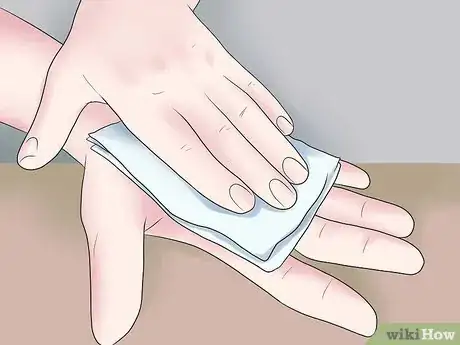
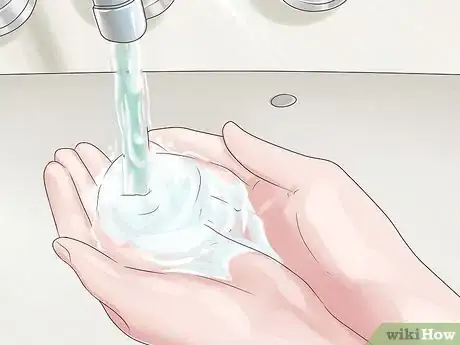
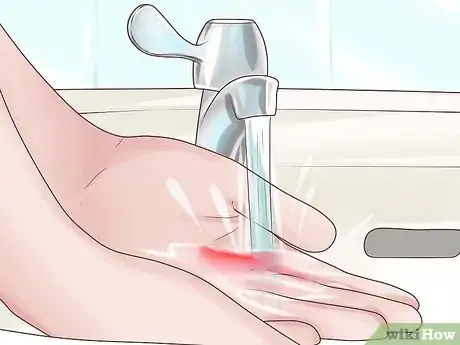

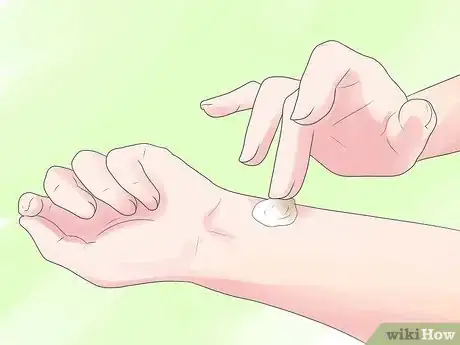

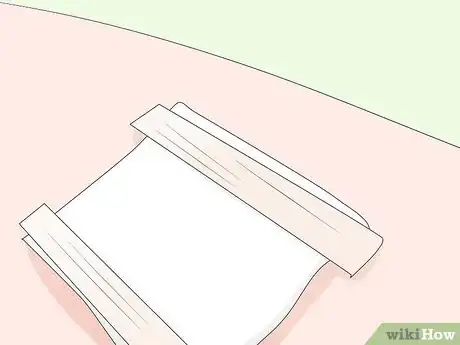
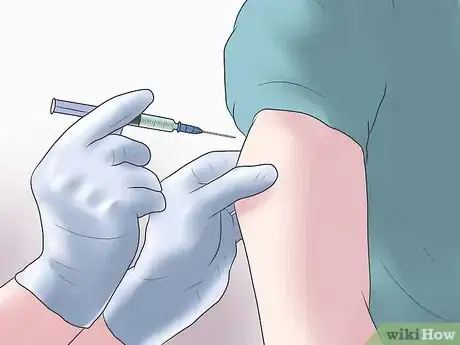
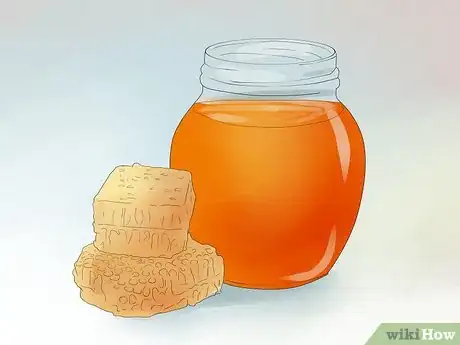

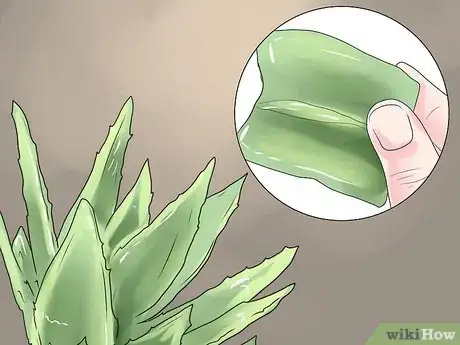


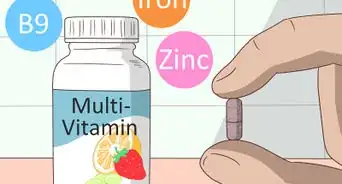
-Step-10-Version-2.webp)
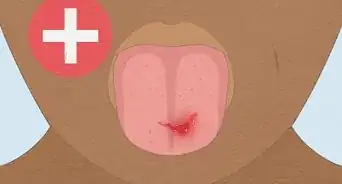


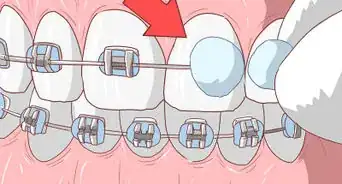
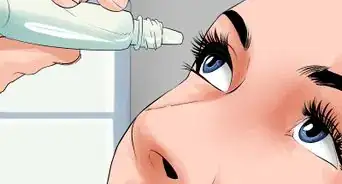

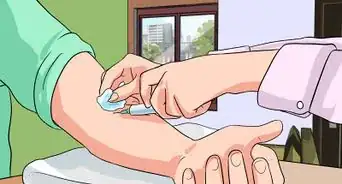











-Step-10-Version-2.webp)
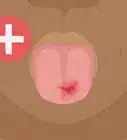




































Medical Disclaimer
The content of this article is not intended to be a substitute for professional medical advice, examination, diagnosis, or treatment. You should always contact your doctor or other qualified healthcare professional before starting, changing, or stopping any kind of health treatment.
Read More...